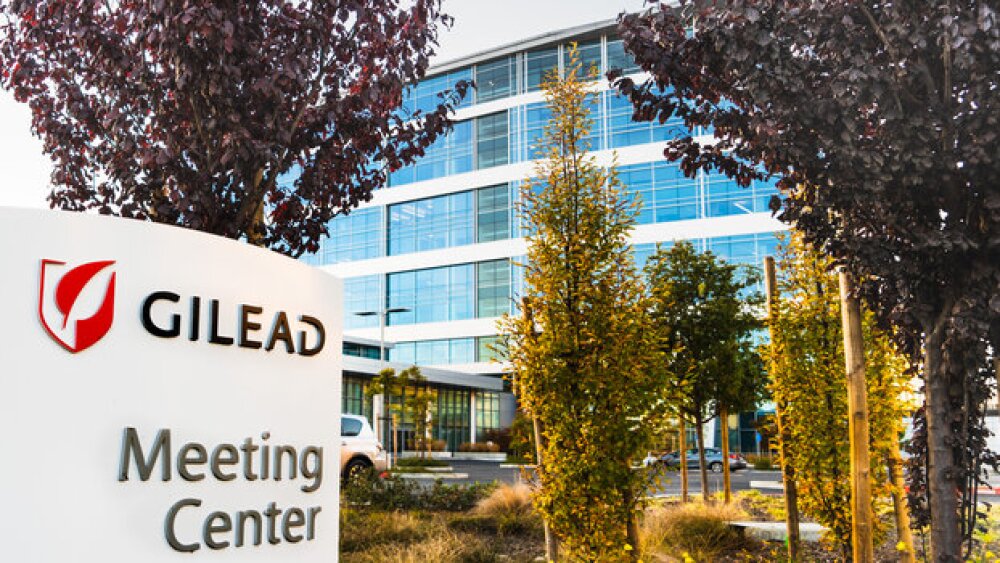This morning’s approval from the U.S. Food and Drug Administration marks the 11th therapeutic indication for Botox, a product tent pole for Ireland-based Allergan.
Four months after being approved to treat pediatric patients with upper limb spasticity, Allergan’s Botox has been greenlit to treat pediatric patients with lower limb spasticity. This approval excludes patients whose spasticity is caused by cerebral palsy due to the exclusivity of another drug.
This morning’s approval from the U.S. Food and Drug Administration (FDA) marks the 11th therapeutic indication for Botox, a product tent pole for Ireland-based Allergan. The approval was specifically aimed at patients ages 2 to 17 with lower limb spasticity. Spasticity is a debilitating neurological condition involving muscle stiffness that can result in tight muscles in the upper and lower limbs, and can interfere with movement. The severity can range from mild to severe muscle stiffness.
David Nicholson, head of research and development at Allergan, said lower limb spasticity can impact many aspects of a child’s life. The neurological condition can also have a negative impact on the quality of life of these children, he added. Nicholson hopes Botox will now be able to provide those patients with some relief.
“This milestone will continue to support and advance care for children and their caregivers who may be struggling with lower limb spasticity. Here at Allergan, we look forward to continuing to highlight our unwavering attention to innovation and build on our 30-years of research and development efforts with Botox since FDA approval of blepharospasm and strabismus in 1989,” Nicholson said in a statement.
The latest approval for Botox is based on a Phase III study in more than 300 pediatric patients being treated for lower limb spasticity. The company noted that the late-stage trial did include patients with cerebral palsy, the latest approval excludes them from the indication due to marketing exclusivity by another company, Ipsen’s Dysport, which was approved in 2016. In 2017, approval was expanded to include adult patients. Last month, France-based Ipsen also saw expanded approval of its botulinum toxin treatment Dysport for upper limb spasticity in pediatric patients.
In June, Botox won FDA approval to treat children with upper limb spasticity. It was approved for children ages 2 to 17 and was based on results from two late-stage trials involving more than 200 pediatric patients with this neurological condition.
Allergan is in the midst of being acquired by Illinois-based AbbVie in June for $63 billion. Despite the continued success of Botox and a few other bright spots in its product line, such as its migraine and glaucoma medications, the company has had a number of setbacks. The company abandoned the sale of its women’s health unit after the FDA rejected its application for Esmya for abnormal uterine bleeding in women with uterine fibroids in 2018, and its rapastinel for depression failed three Phase III clinical trials, leading to a $2.5 billion write-down for the company. The company also settled opioid-related lawsuits in Ohio and in July, recalled its Biocell textured breast implants and tissue expanders due to cancer-related concerns raised by the FDA.





